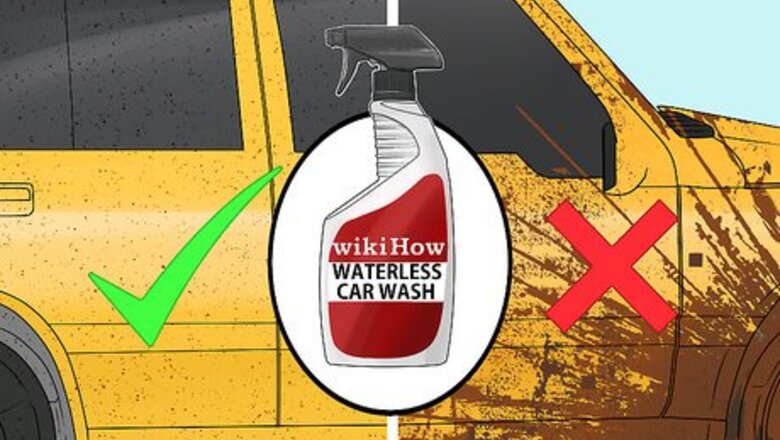
views
Finding the Best Product
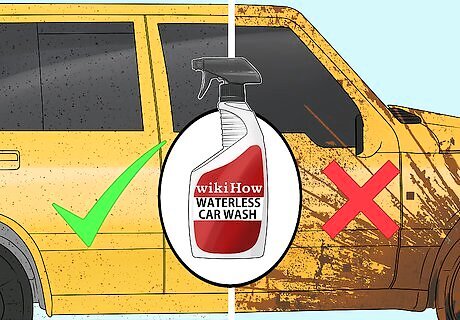
Determine if a waterless product is right for your vehicle. If your car is caked in mud, a waterless car wash will not help and might even scratch the paint of your car. Only use a waterless product if you have minimal dirt or dust. Otherwise, rinse your car with water to remove dry dirt, then use the waterless product.

Use a waterless car wash with wax for an added sheen. Many waterless products have wax in them, which will give your car an extra layer of protection while you wash it. If you normally wax your car after you wash it, this could be a time-saver.
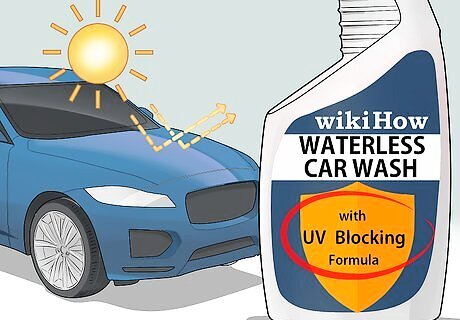
Choose a UV-blocking formula for even more protection. UV rays can damage your paint by causing fading and oxidation. While wax will help protect your car’s paint from UV rays, some formulas have an extra degree of protection.

Try an organic, multi-use product for an environmentally-friendly option. There are also very successful organic, natural waterless products that you can use in your home or inside the car as well as on windows. These may be less damaging to your paint; you can find them at car shops or many home improvement stores.
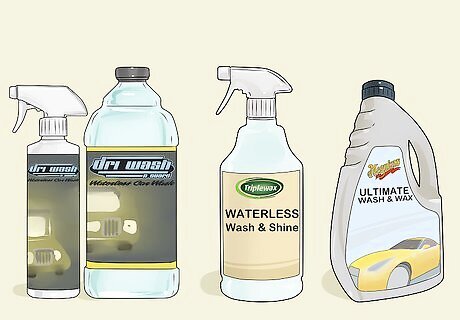
Buy a waterless car wash product. These products can be found at most auto stores, Walmart, or online. If you’re having trouble finding a waterless car wash in stores, some examples of products are Dri Wash'n Guard, Meguiar’s Ultimate Wash & Wax Anywhere, and Triplewax Waterless Wash & Shine.
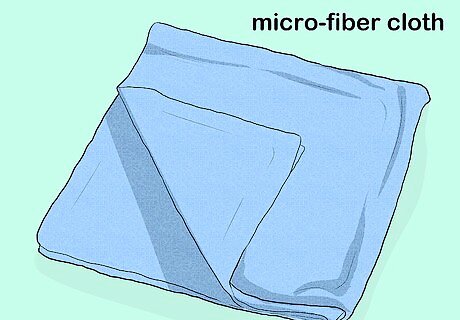
Get plenty of micro-fiber cloths. Micro-fibers are tiny fibers that collect dirt. Use a minimum weight of 300gsm (grams per square meter). Make sure it is clean. Lower quality or dirty towels can scratch your car or leave undesirable swirl patterns. You can also find a chamois cloth instead of a micro-fiber. Any product that absorbs liquid without scratching is ideal.
Cleaning the Car
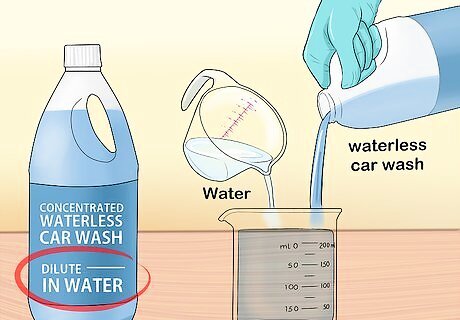
Dilute the car wash fluid, if necessary. Some formulas require diluting with water, while others are ready-to-use. Read the instructions on the bottle to see which one you have.

Fill a spray bottle with the car wash fluid, if necessary. If you bought a large bottle of waterless car wash, you will need to transfer some into a spray bottle. Otherwise, most products already come in a spray bottle.

Divide the car into multiple parts so you can work on one at a time. Divide the car into distinct sections to make it more manageable and to make sure you don’t miss any spots. Here’s one way to divide the car, but you can do it any way you’d like: The side glass The roof The hood and trunk The upper half of the side doors The lower half of the side doors The front bumper The rear bumper The wheels

Start at the top and spray one section at a time. Use as much waterless car wash fluid as you need to cover the section. If there is some dirt on the paint, you can put a little bit of water to help loosen it up so that you don’t overuse the fluid. For the tires, you may need to use additional fluid. Be sure to save the tires for last, as they will be the dirtiest.

Fold your micro-fiber cloth and wipe in one direction to remove dirt. Every time you start wiping, use a new, clean side of the cloth, to avoid reintroducing dirt. Avoid wiping back and forth or in a circle since this will spread dirt. Always wipe consistently in one direction. Remember not to scrub, as you would with soap and water. The fluid should dislodge any dirt on the car on its own. All you have to do is pick up the fluid and dirt with a cloth.
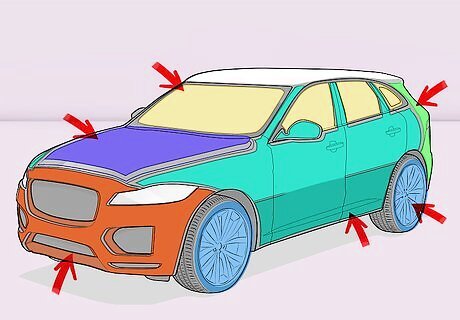
Repeat these steps for each section of the car. Continue this process until the whole car is clean, working top to bottom, clean to dirty.
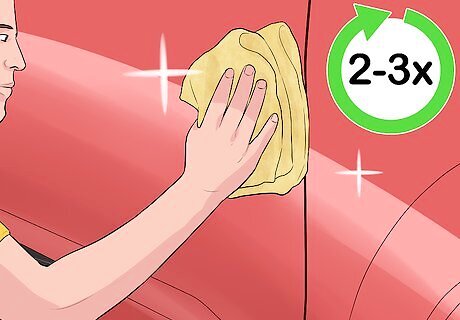
Perform a second buff on each section, if necessary. If you have a wax-based product it may require a second or third “buff” step. Read the directions on the bottle to see if this is necessary.














Comments
0 comment